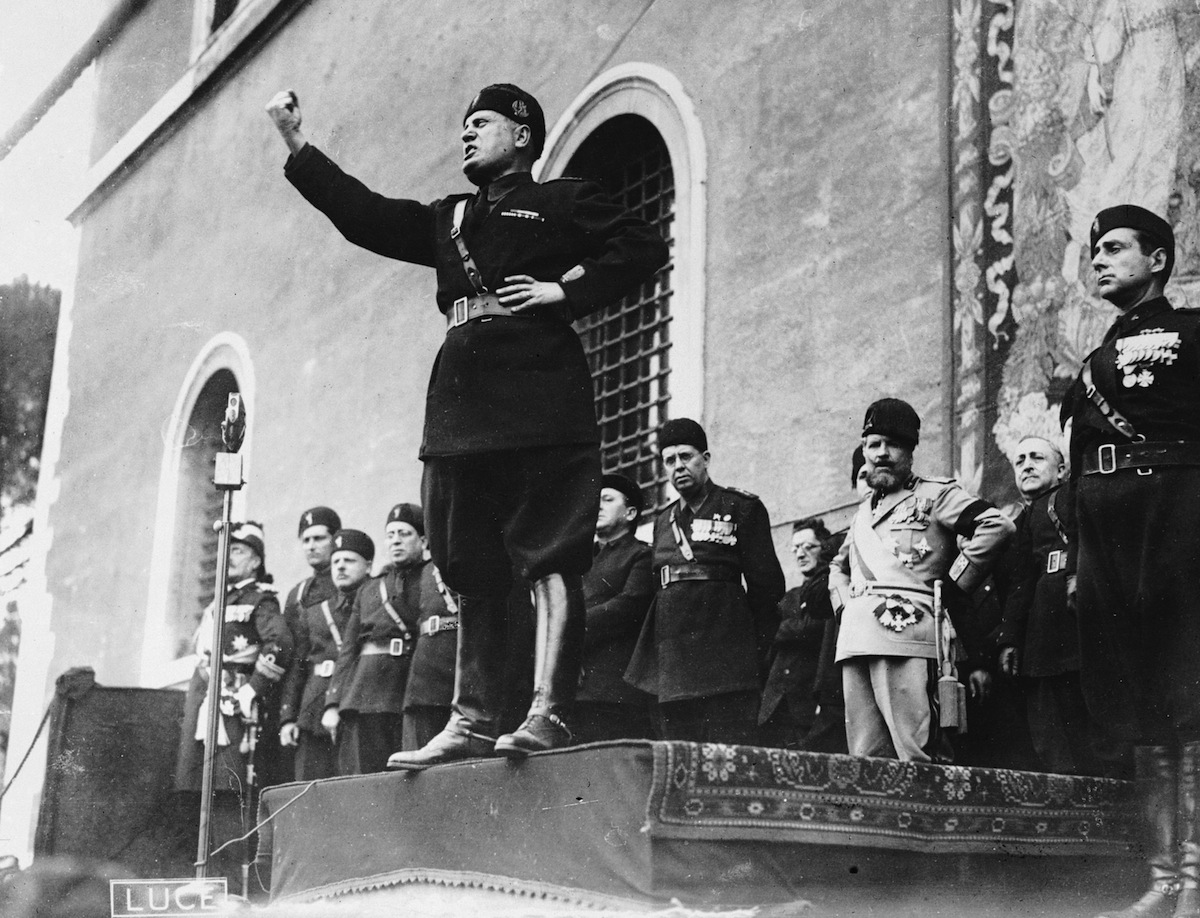
Seventy years ago on this day, April 28, 1945, the fascist dictator Benito Mussolini was executed after a failed attempt to flee Italy with his mistress. In his report on Mussolini’s last days, TIME correspondent Reg Ingraham recalled one of the dictator’s famous lines from earlier in World War II: “If I retreat, kill me!”
Ingraham’s report shows how that instruction played out in ways that Mussolini surely did not mean. A timeline presented in TIME’s May 7, 1945, issue begins on April 22, with the first wave of strikes against the fascists and their German allies. By April 25, the dictator’s retreat had begun, when the Swiss denied an asylum request for Mussolini’s family.
Mussolini and his mistress, Clara Petacci, attempted to escape to the north. They were foiled when a partisan known only as Eduardo found Mussolini in the town of Dongo and sent men to arrest him and sentence him and Petacci to death by firing squad.
After the execution — and before his body was hung from a scaffold to give the crowds a better view — Mussolini’s corpse was laid out on the ground in the Piazzale Loreto. TIME described the moment as “one of history’s raw spectacles,” and Ingraham described what he saw thus:
While I watched, a civilian tramped across the bodies and dealt Mussolini‘s shaven head a terrific kick. Someone pushed the twisted head into a more natural position again with a rifle butt.
Although the Duce’s upper teeth now protruded grotesquely, there was no mistaking his jaw. In death, Mussolini seemed a little man. He wore a Fascist Militia uniform — grey breeches with a narrow black stripe, a green-grey tunic and muddy black riding boots. A bullet had pierced his skull over the left eye and emerged at the back, leaving a hole from which the brains dripped. Mistress Petacci, 25 -year-old daughter of an ambitious Roman family, wore a white silk blouse. In her breast were two bullet holes ringed by dark circles of dried blood.
The mob surged and swayed around the grisly spot. One woman emptied a pistol into the Duce’s body. “Five shots!” she screamed. “Five shots for my five murdered sons!” Others cried: “He died too quickly! He should have suffered!” But the hate of many was wordless. They could only spit.
Read the full story, here in the TIME Vault: Death in Milan
Ghosts in the Sun: Hitler's Personal Photographer at Dachau, 1950
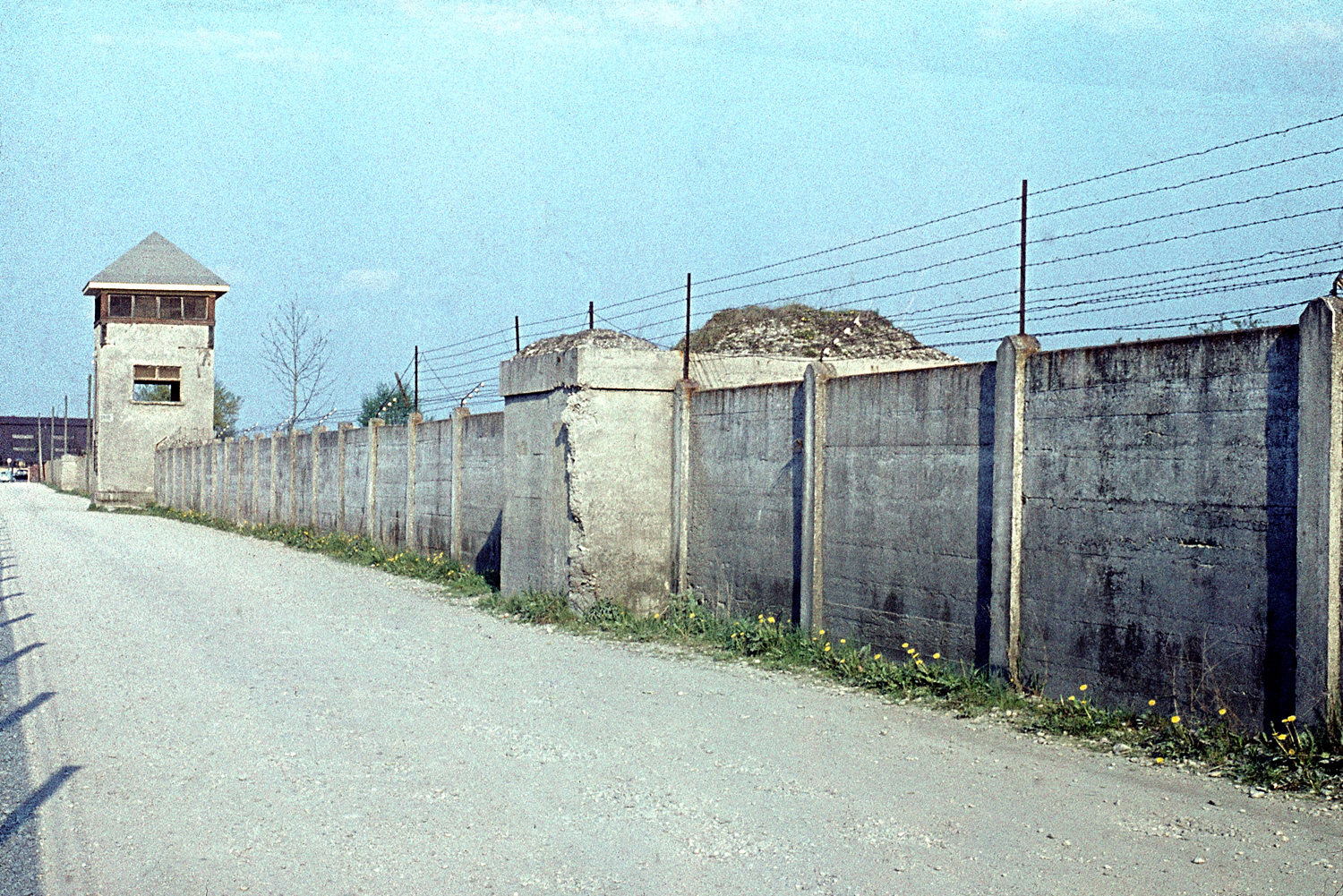
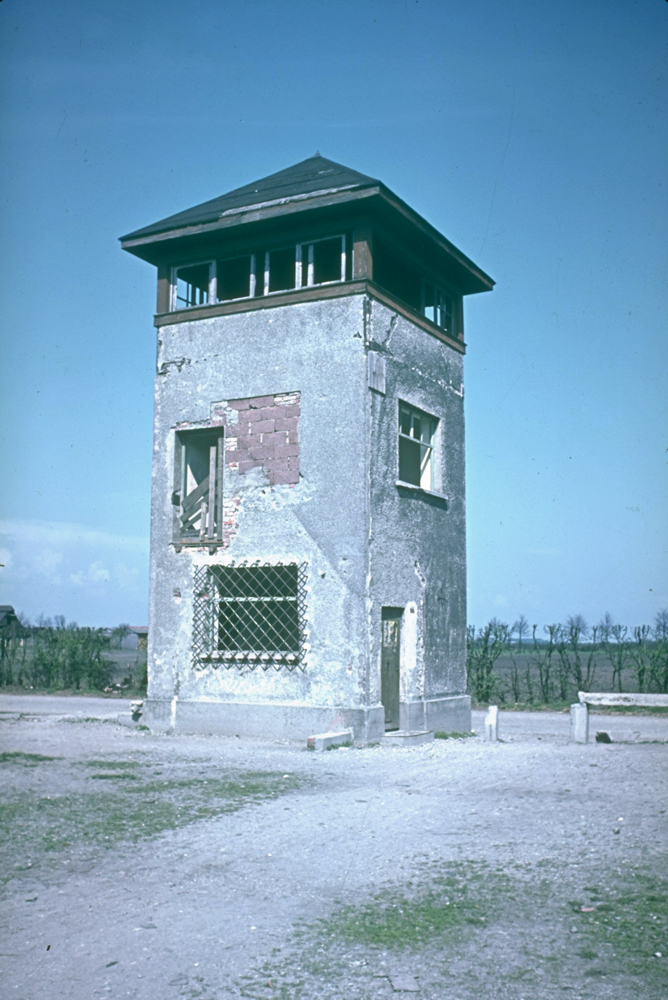
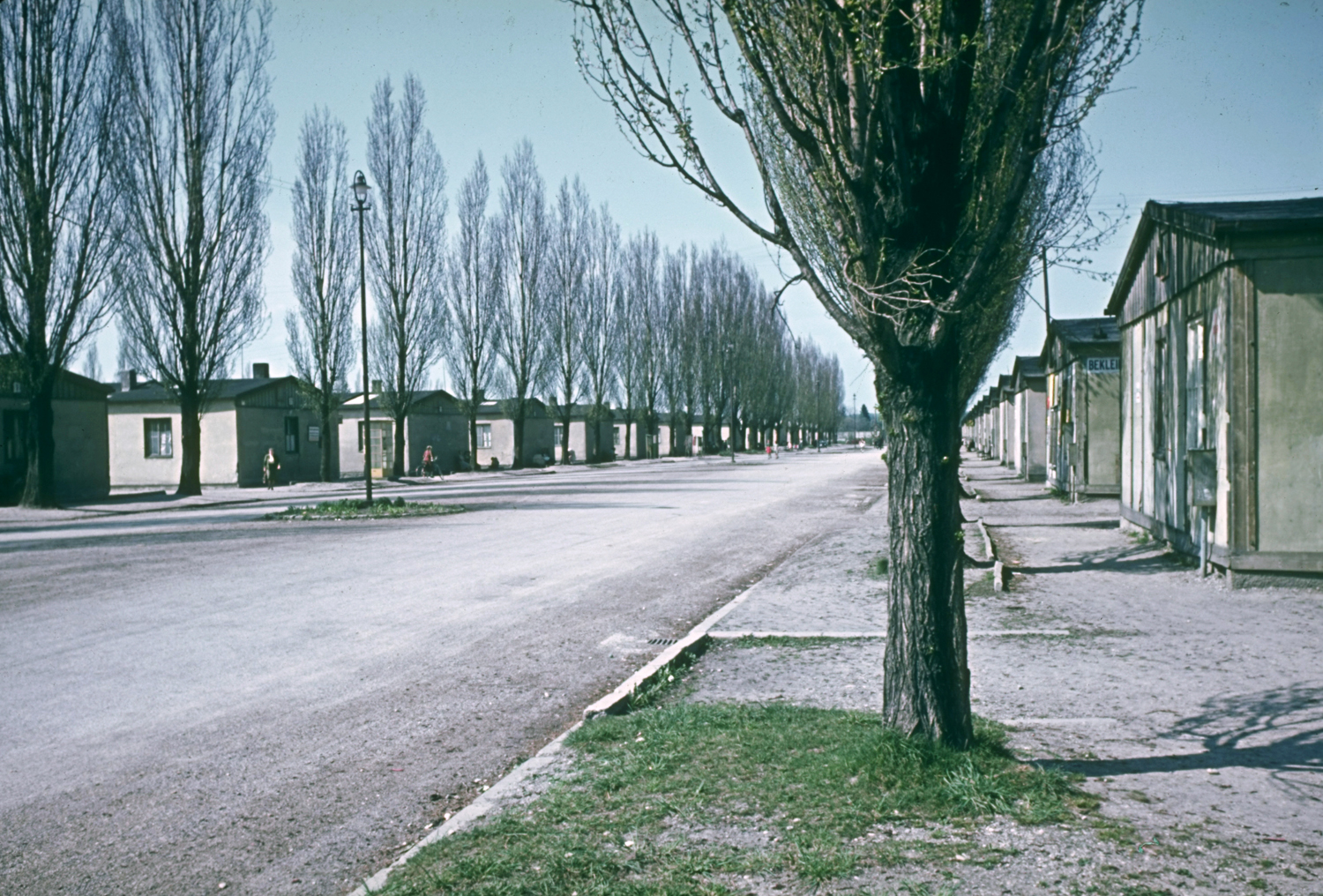
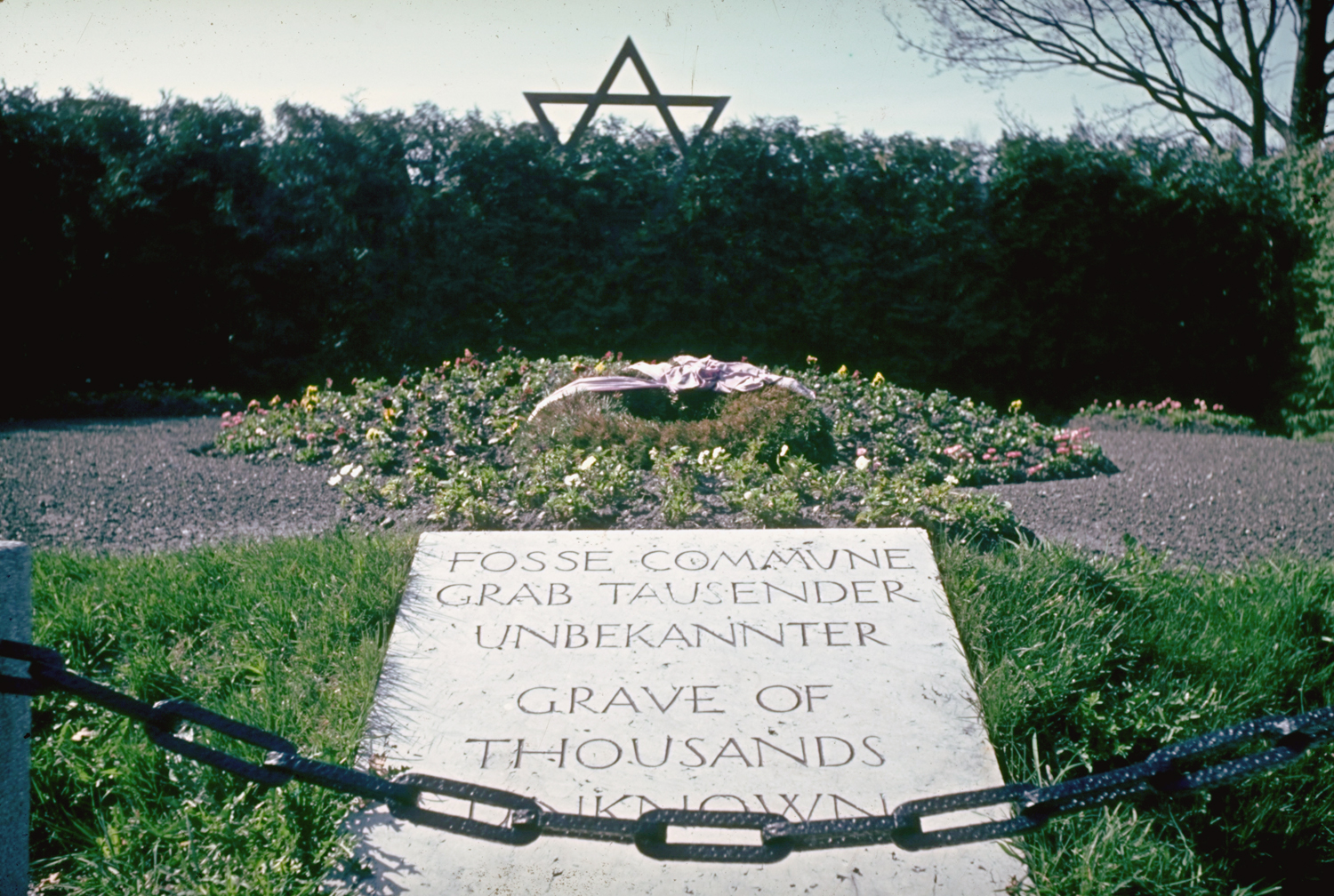

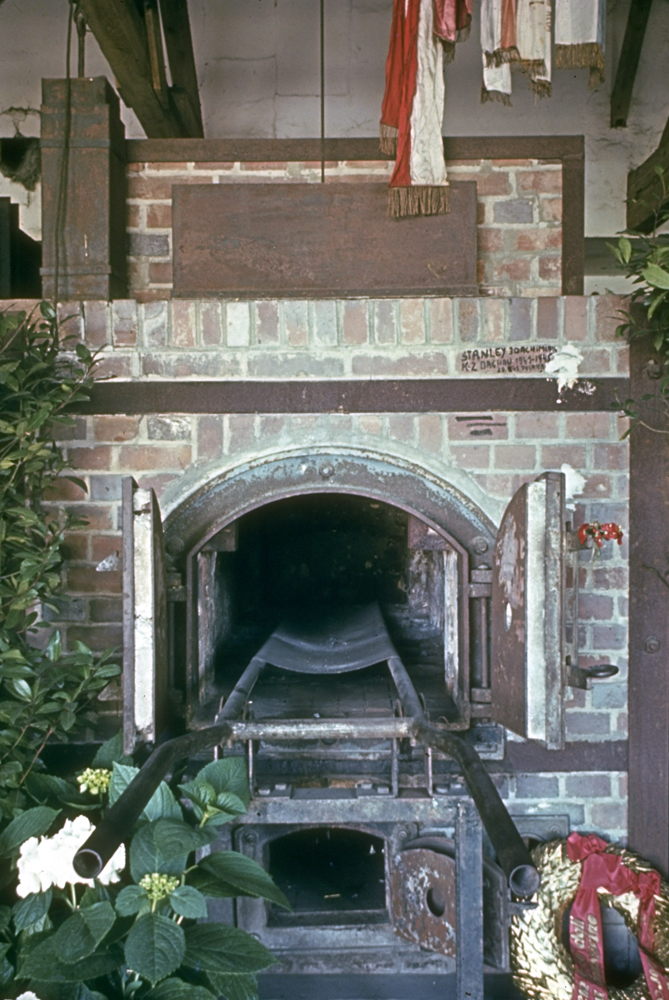
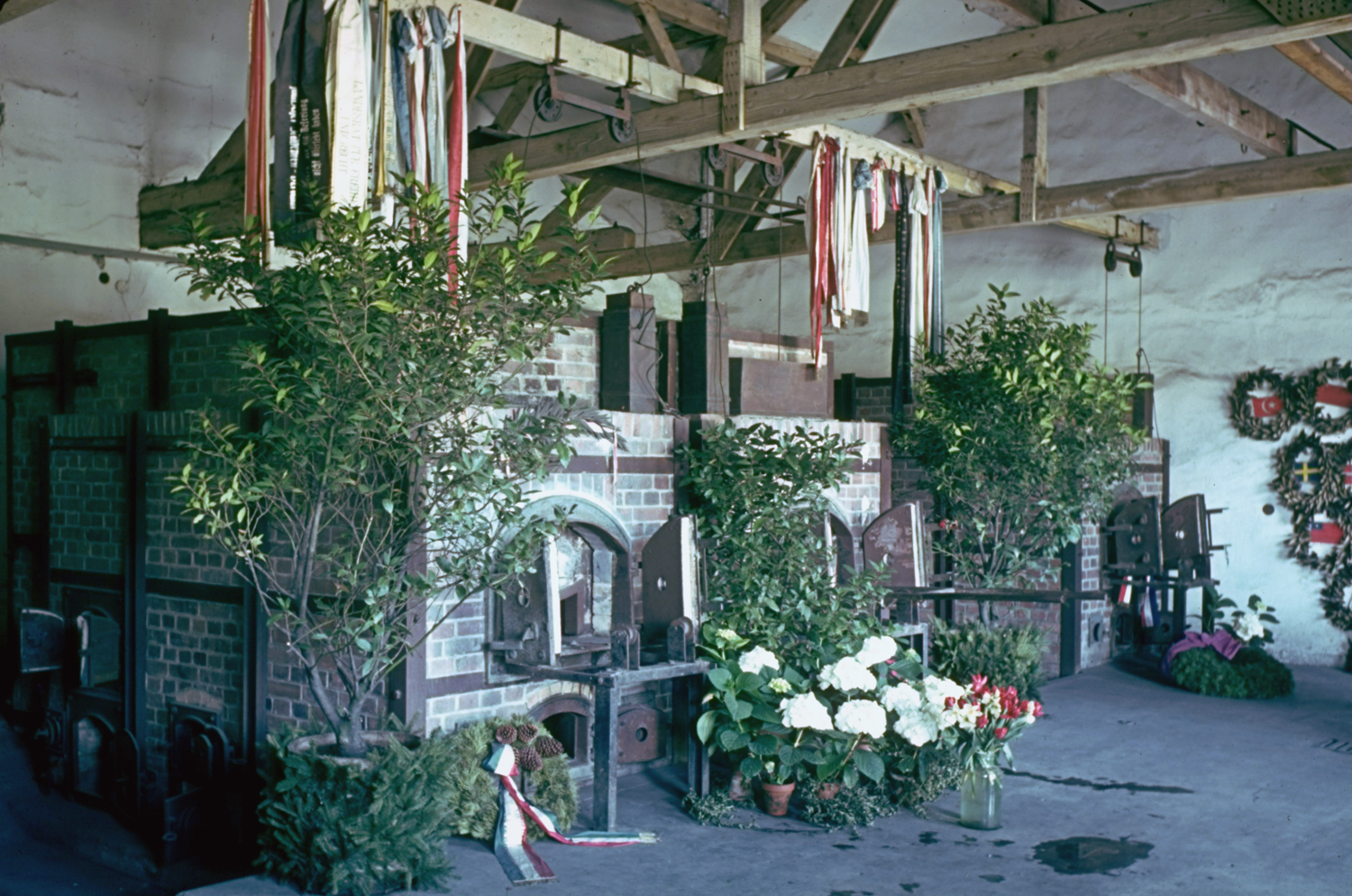



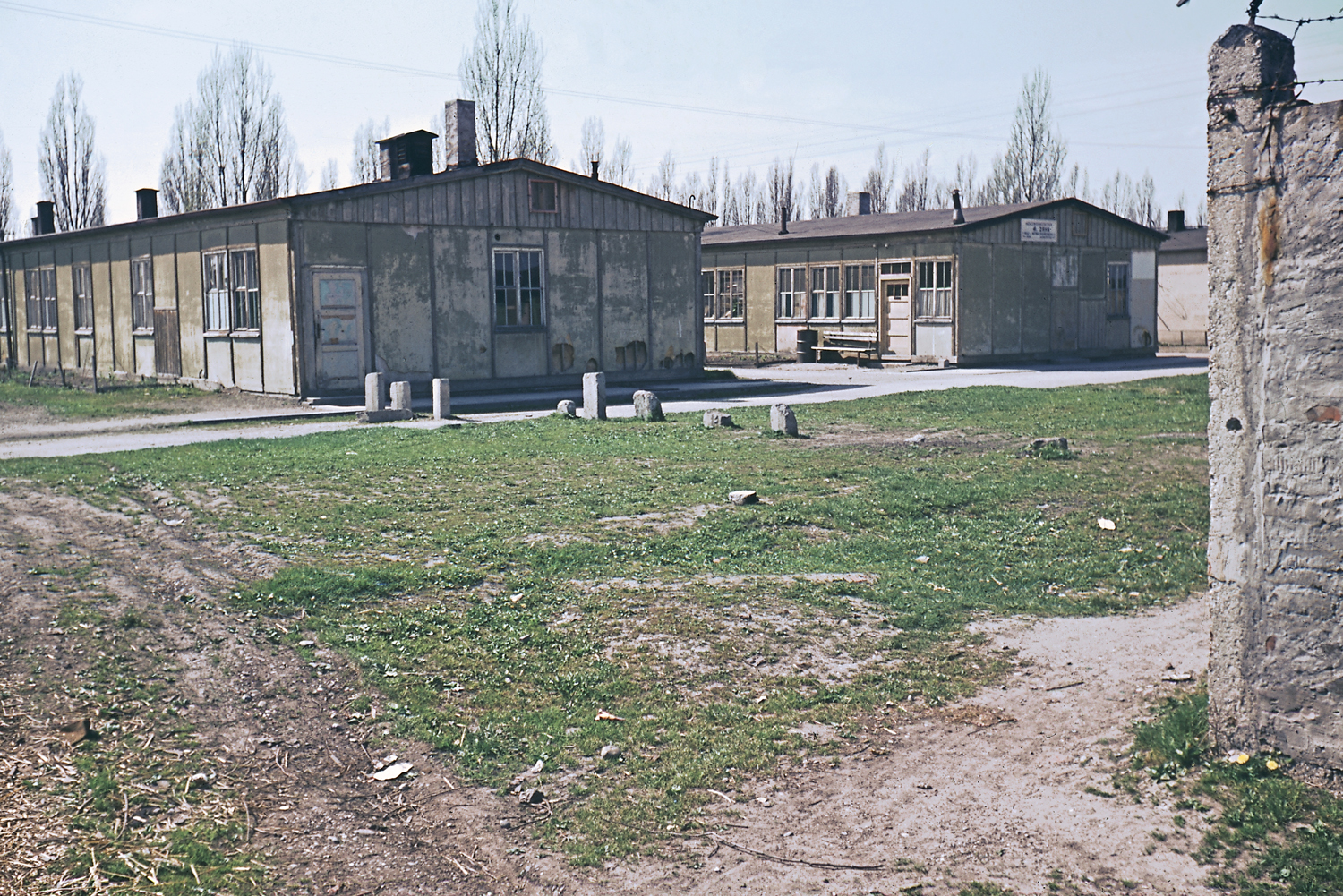
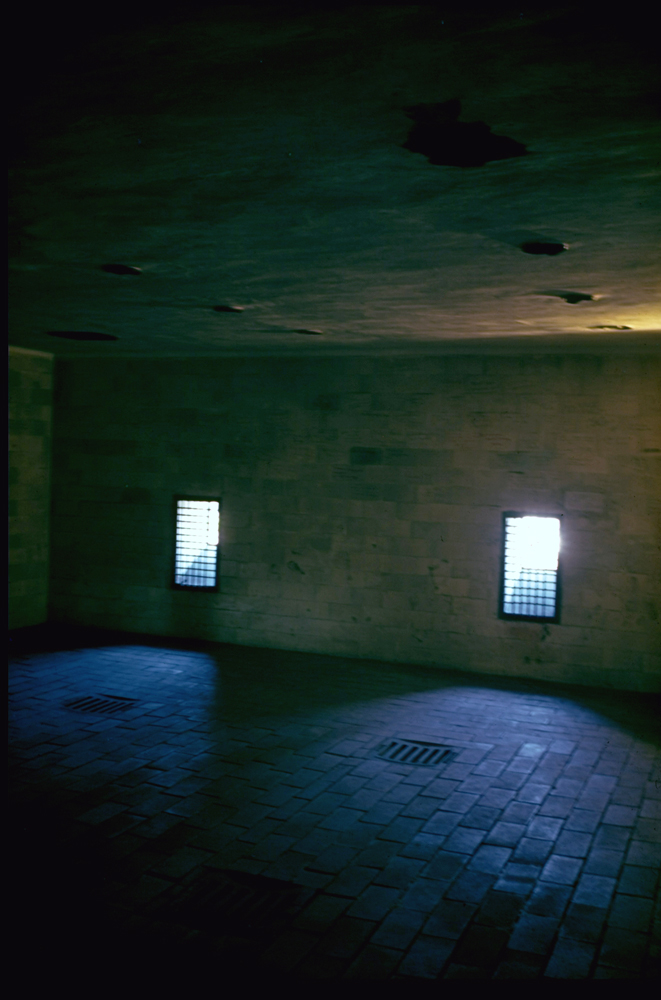
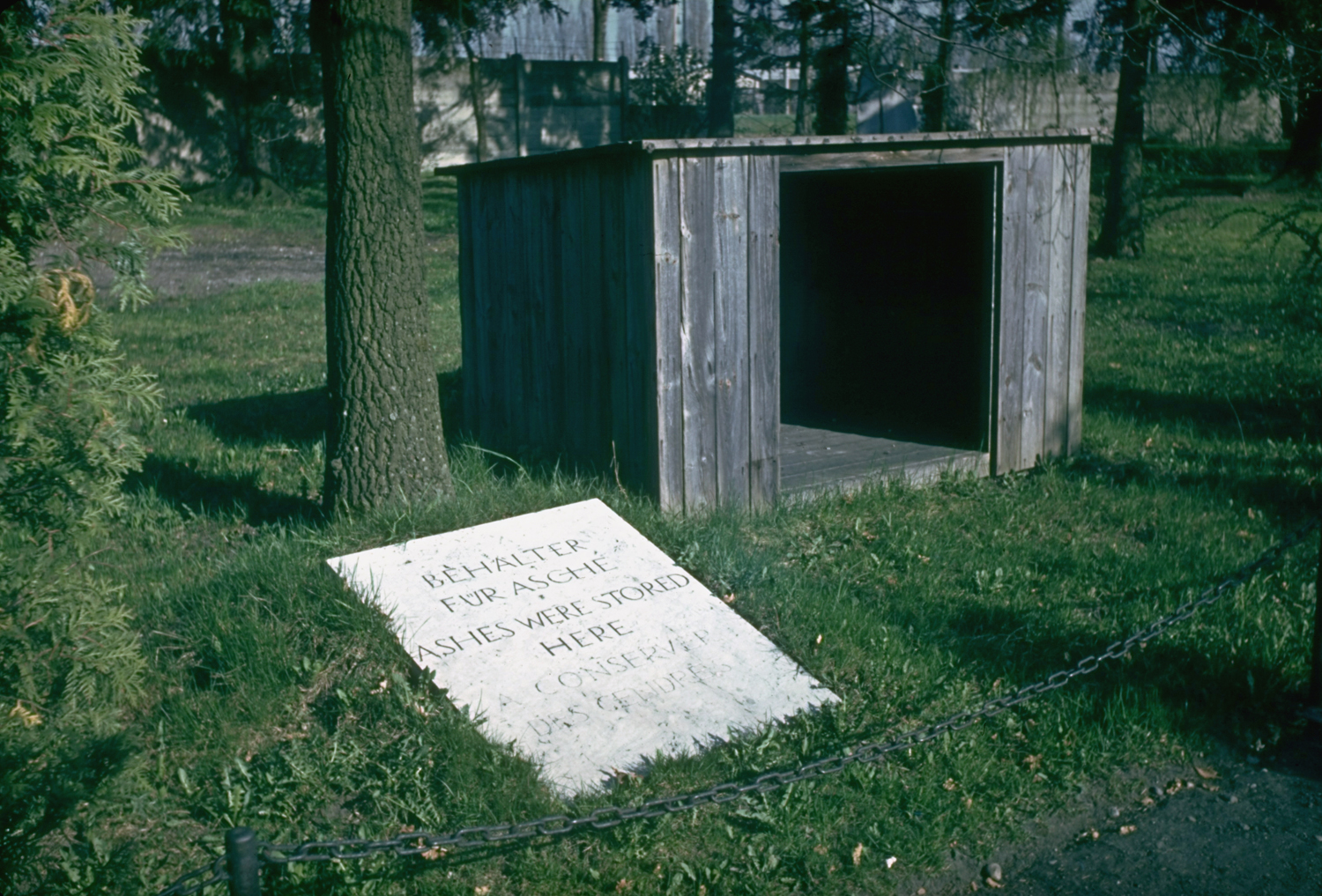
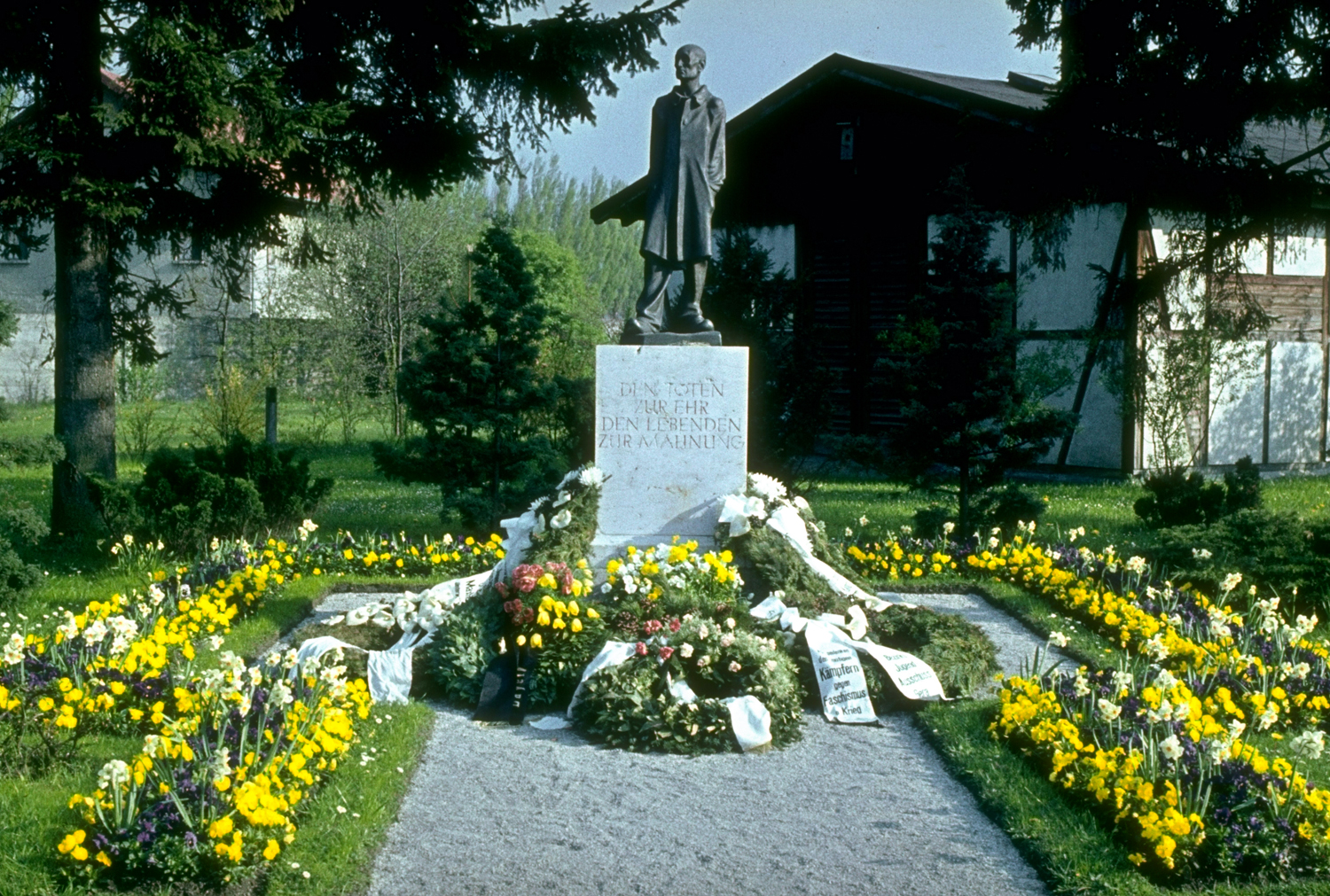
More Must-Reads From TIME
- The 100 Most Influential People of 2024
- The Revolution of Yulia Navalnaya
- 6 Compliments That Land Every Time
- What's the Deal With the Bitcoin Halving?
- If You're Dating Right Now , You're Brave: Column
- The AI That Could Heal a Divided Internet
- Fallout Is a Brilliant Model for the Future of Video Game Adaptations
- Want Weekly Recs on What to Watch, Read, and More? Sign Up for Worth Your Time
Write to Lily Rothman at lily.rothman@time.com